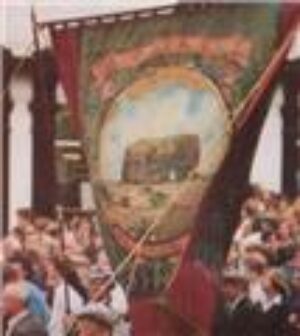Researching the origins of Marsden Hall has proven difficult. Durham Records Office and Tyne and Wear Archives have no information. Because the Hall is not a listed building South Tyneside Council holds no information.
This distinct lack of information helped me draw the conclusion that the Hall was not built by landed gentry as a ‘HALL’ but started life as a humble farmstead and developed over the years into the grand house it is today.
During my research I found several references to a Marsden Hall Farm but its location I could not find on any map. I then realised the 1855 ordnance survey map never used the term farm. Therefore places we know to have been farms such as Horsley Hill, Downhill, Lizards were just recorded by their names. This I concluded was the same for Marsden Hall.
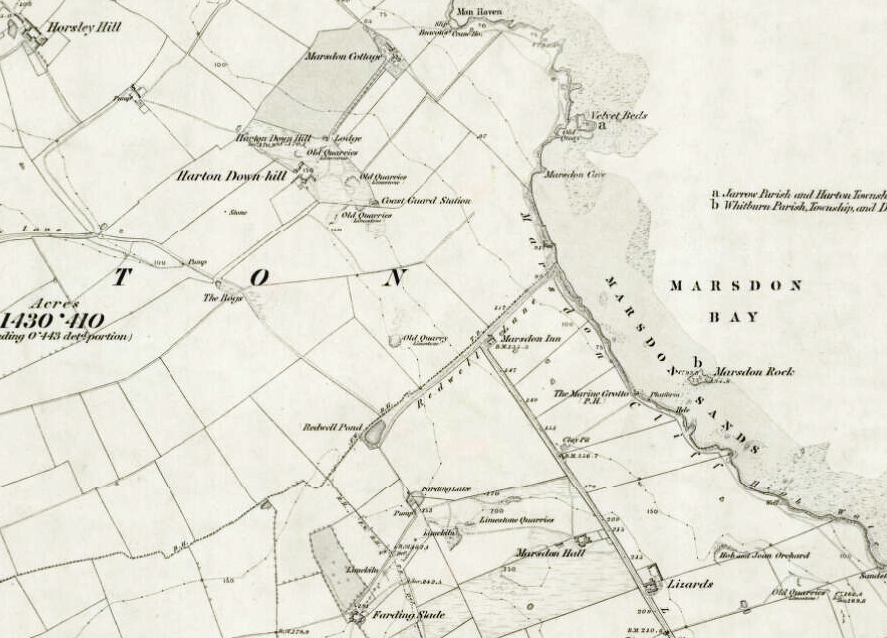
In the 1870’s Marsden Hall was bought by the Whitburn Coal Company and from that date ceased to be a working farm.
The last person I believe to have farmed Marsden Hall land was John Henderson. The 1881 census shows Henderson aged 71 a retired farmer living at 20 John Street South Shields.
Following his death in 1885 the following announcement appeared in the Shields Gazette on Friday 27th March. ‘Properties to be sold to wind up the estate of the late Mr John Henderson late of Marsden Hall Farm’. Henderson’s portfolio was huge consisting of at least 16 properties including his own home 20 John Street. The size of his portfolio would suggest selling Marsden Hall Farm to the Whitburn Coal Company had been a profitable one.
The land acquired with the Hall was used for industrial purposes or rented out to other local farmers.
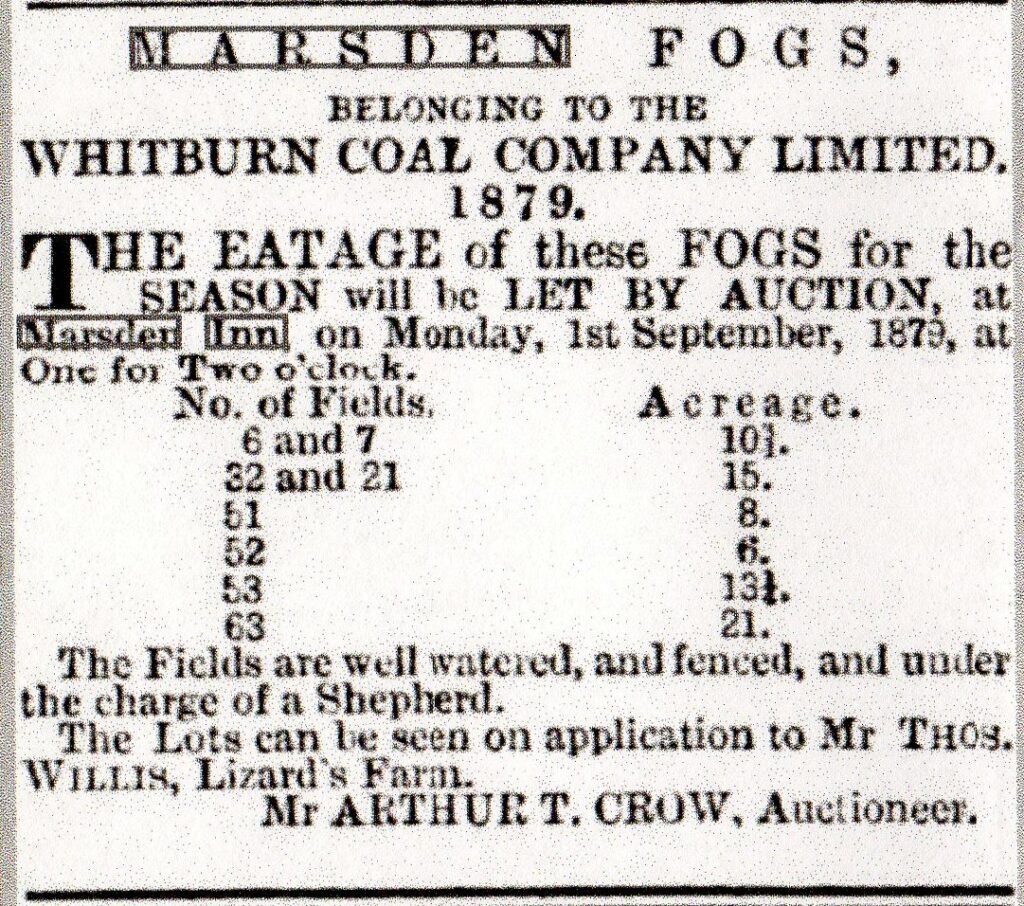
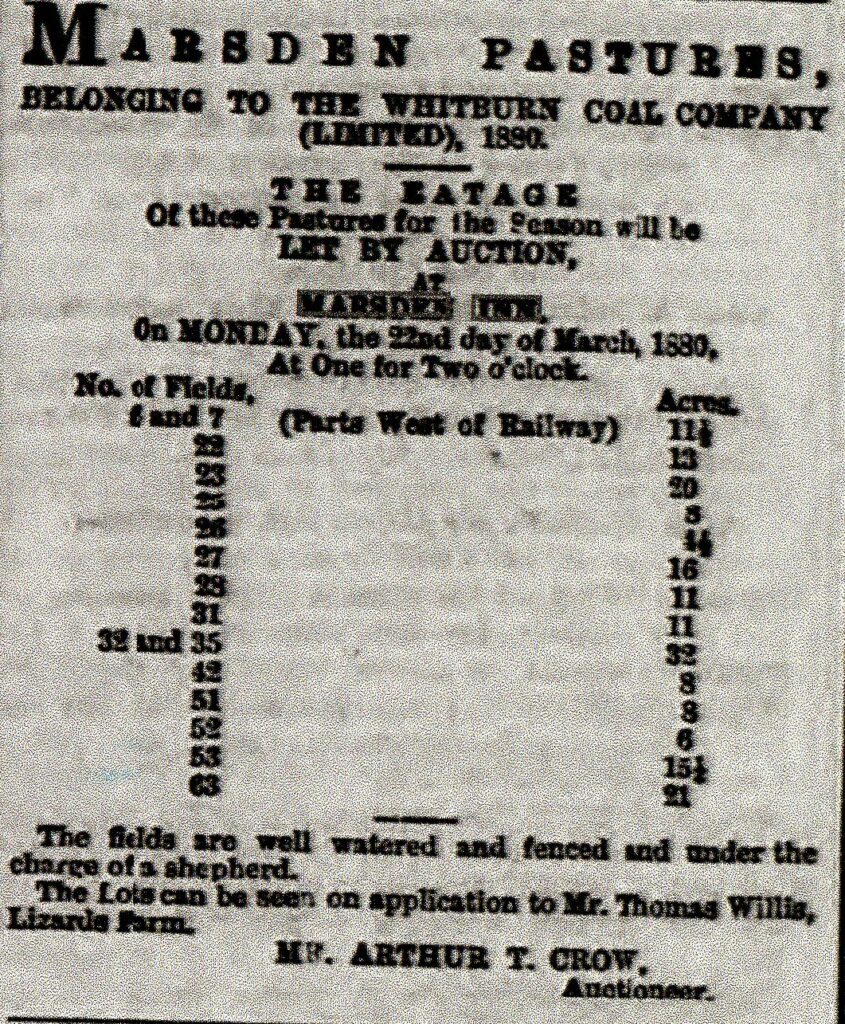
From 1878 until 1891 the Hall was occupied by John Daglish who was the chief engineer and managing director of the Whitburn Coal Company.
John Daglish, Miner and civil engineer was born in Newcastle upon Tyne in 1828. He was a mining engineer apprentice to Nicholas Wood at Killingworth Collieries between 1849 – 1850. He worked at many different collieries between 1850 and becoming the managing director of the Whitburn Coal Company in 1873. He would also go on to be president of the Institute of Mining Mechanical Engineers. Details of his working life can be found at www.mininginstitute.org.uk
Just after Daglish moved into the Hall in 1878 some excitement occurred around the Marsden area. Quarrymen working for the coal company to the south east of the Hall discovered some old sea caves about 150 feet above the present sea level. Inside they had found some human and animal remains, stone tools and a hearth. When the quarrymen informed Daglish of their discovery he collected the finds together and sent them to the Hancock Museum in Newcastle for evaluation (now The Great North Museum). It was widely reported in the press that Daglish had granted permission for some of the members of the Hancock Museum to inspect and excavate the caves further before they were quarried away. The finds found during these excavations are still held at the Hancock Museum.
During his time at the Hall Daglish made it his home and along with wife Sarah and his daughter Adelaide they developed the building into a grand residential property.
In 1891 the Whitburn Coal Company hit financial difficulties and was absorbed into the Harton Coal Company.
With the takeover Daglish decided to retire and resigned all his colliery management positions. Having lived at the Hall for 13 years, he, his wife and daughter were all well known and respected individuals in their own rights. The local press reported many of the presentations that took place as the family prepared to leave the area.
Daglish purchased Rothley Crag estate in Northumberland and by 1895 had built Rothley Hall. He died in 1906.
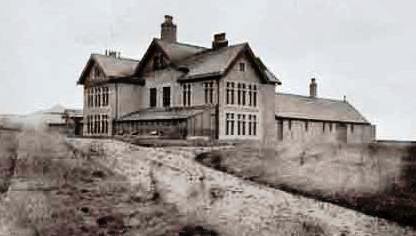
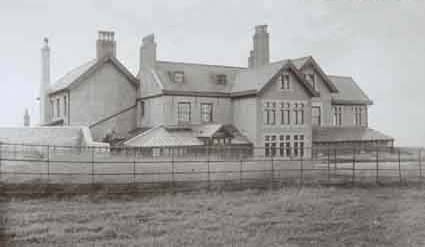
During the time the Harton Coal Company owned the Hall there was always uncertainty surrounding the building. It was often up for sale or to let and nobody seemed to be in residence long.
The building stood empty from about 1900 into 1904 when on the 23rd April 1904 the Shields Gazette reported that it was rumoured the Government had purchased Hall to develop it as a Marconigraph relay station. This purchase never materialized.
Short term lets continued until the First World War when it became headquarters for Number 3 company 3rd Durham Light Infantry.
After the war Alfred Thompson who was Chief Mining Engineer and Agent for the Harton Coal Company took up residency. Thompson lived at the Hall until May 1935. It was during Thompson’s time that Marsden Old Quarry became known locally as ‘Thompson’s Quarry’.
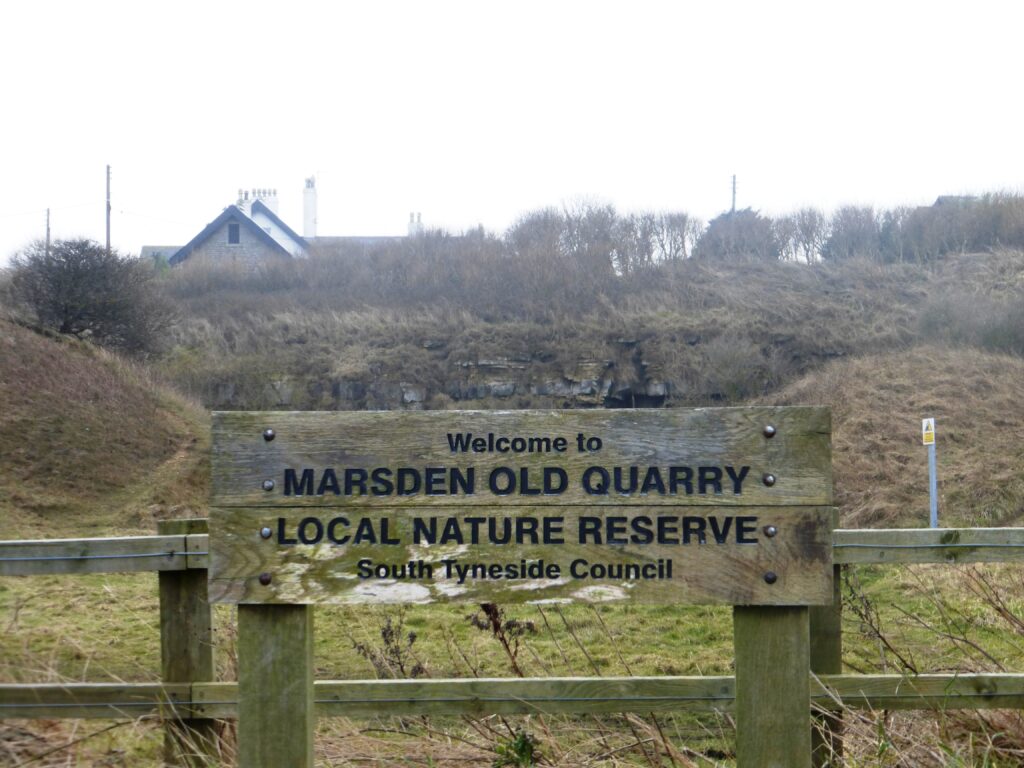
Following Thompson’s departure rumours again began to circulate about the Hall and on 21st October 1935 the Sunderland Echo ran the following story.
Marsden Hall to be a Convent. Marsden Hall a large house standing in its own grounds on the old road from Whitburn to Harton, is to be converted into a Catholic convent soon. The Sunderland Echo understands that the house has been purchased by the order of nuns known as the Helpers of the Holy Souls. Marsden Hall has been empty for the past six months. It was the residence of Mr A Thompson agent to the Harton Coal Co.Ltd.
Again this purchase never materialized and remained in the hands of the Harton Coal Company. In 1936 the Hall was up for rent again and was described as;
Over looking Marsden Bay the house contains a large entrance lounge, three reception rooms, billiard room, cloak room. Kitchens and a maid’s sitting room. Upper floor a drawing room, six bedrooms, 3 having dressing rooms attached and 2 bathrooms and 5 good attics. Two grass tennis courts, kitchen garden and spacious grounds with chauffeurs and gardeners houses and a large garage. Whitburn and South Shields golf courses are in close proximity.
Whitburn golf club was founded in 1930 on land rented from the Harton Coal Company. The golf course butts up to the Hall’s boundary wall so it’s very possible the golf course is on land once farmed by Marsden Hall Farm.
The start of World War 2 saw the army occupying the Hall again with the surrounding fields on Lizard Lane and Cleadon hills being used for anti-aircraft and searchlight batteries as well as a decoy bombing site.
Searchlights in the Tyneside area were manned by men of the Royal Artillery attached to the Northumberland Fusiliers, under the control of fighter command. When the Royal Artillery were posted to the south coast in advance of the D-Day invasion, the US 225th Anti Aircraft Artillery (Searchlight Battalion) took over.
In March 1944 “B” Battery of 225th moved into Marsden Hall and made it their headquarters. The Americans stay at the Hall was a short one just 3 short months. On the 2nd June 1944 just 4 days before the D-Day landings the Americans pulled out and moved south to take part in the invasion of Normandy.
Following the departure of the Americans in 1944 and Hall again lay vacant until 1947.
With the formulation National Coal Board the Hall passed from the Harton Coal Company into the hands of the NCB on 1st January 1947 (Vesting day).
In November 1947 the NCB submitted a planning application to Boldon Urban District Council for a change of use of Marsden Hall from a residential dwelling into offices. The council refused the application due to the lack of housing in the district.
During my research I never found any evidence of Marsden Hall being used by either the Whitburn Coal Company or the Harton Coal Company as offices. Both had used the Hall as a purely residential building.
In January 1948 NCB representatives met with housing committee of Boldon UDC and explained why they needed to convert the Hall into offices. This time the proposals were agreed to and the Hall was converted.
In 1959 the NCB completed the building of a new office block at Whitburn. These would become NCB No 1 area headquarters offices and effectively making the hall redundant.
In the late sixties the Hall was sold and reverted back to a private dwelling and remains so today.
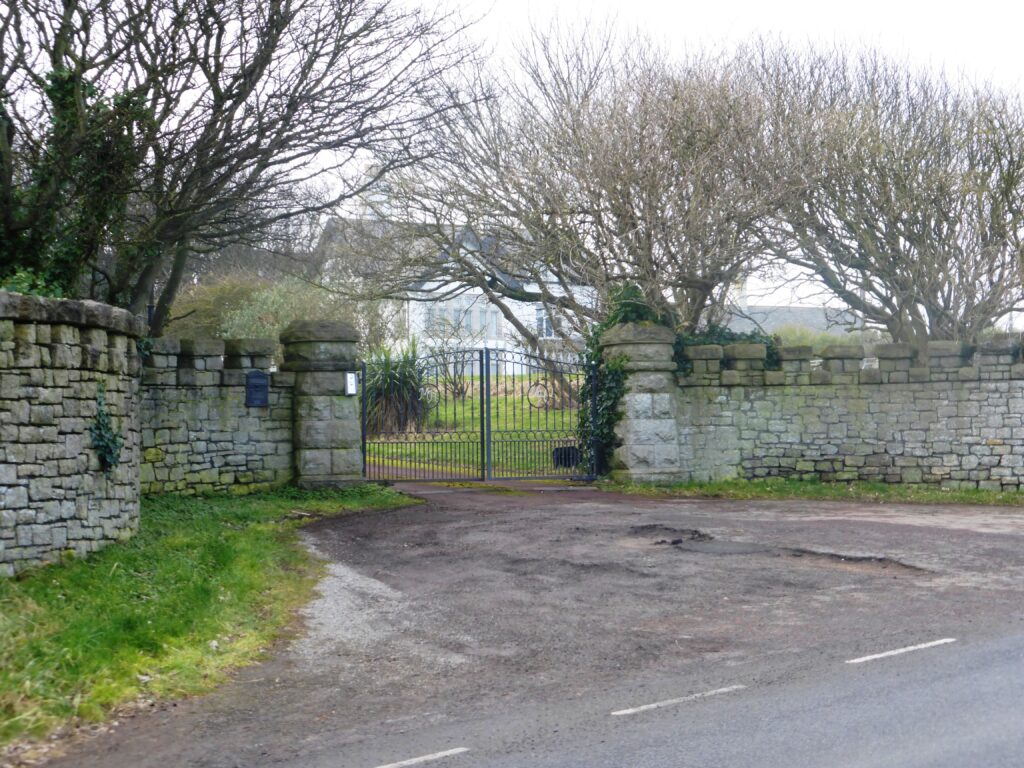
B Cauwood 2015
sources
- A GUIDE TO THE ARCHAEOLOGY OF THE TWENTIETH CENTURY DEFENCE SITES OF TYNE AND WEAR by R Whaley, J Morrison and D Heslop Newcastle City Council Tyne & Wear Specialist Conservation Team 2008
- Shields Gazette
- Sunderland Echo
- Ordnance survey
- Institute of Mining Mechanical Engineers www.mininginstitute.org.uk
